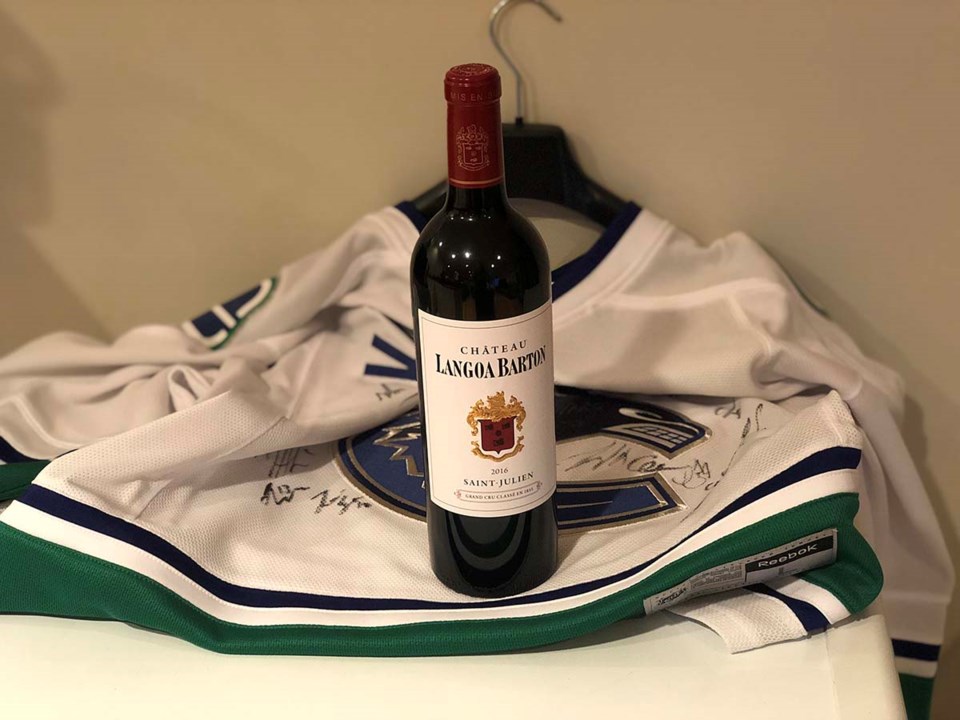This article is part two of my primer on Bordeaux wines. This article will describe the most discussed topic regarding Bordeaux wines: the 1855 Classification and “growth” wines.
In 1855, Napoleon III held a World Expo in Paris and invited over 1500 French wineries in Bordeaux to enter into a competition, where the wines were ranked. Little did people know that the results of that competition would still be important today! The top wines were divided into five categories or “growths”, with the best wines being designated as the first growth wines, the second best wines being designated as second growth wines, etc. In total, 61 wines were awarded a “growth” classification. White wines were not given “growth” designations, as white wine was not as important at the time. Also, at that time, most wine came from the Medoc or Left Bank region of Bordeaux (the predominant region where wine was exported from ). Accordingly, many great wineries on the Right Bank are not included in this classification system.
The wineries who were awarded a “growth” at this competition earned the right to list this on their label. Except for two changes (one of which was done the year after the Expo because a winery was accidentally left off the list), this list has not changed since 1855, and it is still followed by many in the wine industry. Since “growth” wineries were able to list their growth status on their labels, this helped them sell their wines at a higher price point. Remarkably, the five first growth wines (Lafite, Latour, Margaux, Haut Brion and Mouton, which was elevated from a second growth to a first growth) are generally still the best and most expensive Left Bank Bordeaux wines today.
Generally, a higher growth wine will be a more expensive wine. Many wine drinkers today are still fixated on drinking higher growth wines, and it is generally true that the higher the growth, the more prestigious (in wine circles) and the better quality the wine will be.
So what does this actually have to do with the wine? Well, very little - but that is one of beautiful things about wine appreciation. By drinking these wines, you hear incredible stories about the winery’s history, how it got its name and what makes each winery distinctive. It becomes a geography and history lesson, without having to read boring textbooks. You are actually drinking history when you drink a growth wine.
Because of their history and prestige, most growth wines are exceedingly expensive. All growth wines will be red wines and the words “Grand Cru Class” or the year “1855” will be prominently shown on the label. If you get a chance to drink a bottle, just pretend you are one of the judges at the Paris Expo and see if you think it still deserves its designation.
For this article’s recommendation, be warned that Bordeaux Growth Wines are not cheap. The best time to buy Bordeaux is in the fall each year during the Bordeaux release, which is when there is the most selection. If you are going to splurge, go for Chateau Langoa Barton 2016. This is a second growth wine but a perennial underperformer which is on the rise again. It is a blend of 55-per-cent Cabernet Sauvignon, 37-per-cent Merlot and 8-per-cent Cabernet Franc grapes varieties. 2016 was a great vintage and with this winery’s renaissance, it is a great wine at $110 a bottle. But Bordeaux is for the patient, and you will need to age this for at least 5 years - but it will drink well for the next 20 years. Until next time, happy drinking!



.JPG;w=120;h=80;mode=crop)